This newsletter for the week of September 16 looks at two recently published monographs on two Chicago architects. One is more of a manual or manifesto than a monograph, while the other is a celebration of an important award. A couple related books are pulled off the archival shelves, while the usual headlines and new books are also featured. Happy reading!
Books of the Week:
When I was working on the design of public schools in an architecture office in Chicago soon after graduating from architecture school in the mid-1990s, two of the best precedents I looked at were designed by one architect: Carol Ross Barney. Working with Jim Jankowski at the time, Barney had added color and vibrancy to the typically stead typology of brick schools in the city, particularly with two schools found southwest of the Loop. Years later, after I had started my blog and was frequently writing about architecture in the city where I was still practicing, the local architectural scene was invigorated by a new architect on the scene: Jeanne Gang. Although her studio’s competition-winning design for the Ford Calumet Environmental Center did not get built, she went on to transform the Windy City’s skyline and is now a global architect, with offices and projects far beyond Chicago. The impact of these two architects on the city and the wider profession makes featuring their two books together here more than appropriate. First up is:
The Art of Architectural Grafting by Jeanne Gang (Buy from Park Books / from University of Chicago Press [US distributor] / from Amazon / from Bookshop)
By my count, Studio Gang has put out a handful of books since 2011, from Reveal (see also the bottom of this newsletter) to Grafting, with Building, Reverse Effect, and Studio Gang in between. The formats and contents vary from book to book, as if each one is a bespoke creation, much like an individual building, that is determined by Gang and company’s interests and circumstances at the time; they are a far cry from monographs by/on Steven Holl, Renzo Piano, and others that exude continuity. Yet one, perhaps inadvertent quality is visible across the five books: none of them have photographs on their covers. Instead, the covers feature text in combination with shapes, colors, and other design effects, such as reversed letters, a relief of Aqua’s balconies, or dark colors that “reveal” the title when the reader tilts the book at the right angle. This doesn’t mean architectural photography is not important to Studio Gang, but it is not as elevated in their books and it is in most architectural monographs devoted to other architects. Process, as described in sketches and models, writing, and research take on greater importance instead. For The Art of Architectural Grafting, released by Park Books in April in English and French editions, the cover’s lengthy title filling the cover in an old-timey way makes it clear this is not your typical monograph.
Grafting is a timely book because the term — “the agricultural technique of connecting two separate living plants—one old and one new—so they can grow and function as one,” per the introduction — refers to adaptive reuse, extensions, and other such transformations when applied to architecture. It is well known now that buildings greatly contribute to carbon emissions and global warming, both in their construction/demolition and operation, so the most responsible tactic for architects is to reuse old buildings and extend their lifespans via interior renovations, additions, and other means — don’t tear it down and build anew, in other words, unless you must. It is an approach being explored by other architects in their work and through books, as in Françoise Astorg Bollack’s Old Buildings, New Ideas, but unique for Gang is using grafting as metaphor for architectural transformations. Grafting is rooted in natural processes, but ultimately it is a horticultural practice, one that requires understanding, care, and patience — three terms that are more than appropriate to addressing architecture’s contemporary crises.
Gang explores grafting’s application to architecture in seven chapters containing a diversity of contents: essays, projects, precedents, personal reflections. Most of the projects fall into the third chapter and focus on buildings and proposals that find the studio inserting a new building into the middle of an old assemblage (Arkansas Museum of Fine Arts, Gilder Center) or adding new timber floors and roofs to old concrete buildings (CB3 Office Tower, NYIT Biomedical Research and Innovation Center), among other techniques. Other chapters look at extending the grafting metaphor to cities, illustrated via projects suitably found on post-industrial sites. This diminutive book presents just a smattering of Studio Gang’s work, but this is not just because the page size is a mere 6.5 x 9.5 inches. The St. Regis Chicago, now the third-tallest skyscraper in Chicago, and the recently completed Verde residential tower in San Francisco are among numerous Studio Gang projects that would be out of place in the pages of Grafting. While grafting might be suitable for smaller projects that involve existing buildings, larger and taller projects with considerably larger carbon footprints require other means of sustainability, other justifications for their continued proliferation in the face of climate change. Perhaps Gang, who has studied towers in depth, will tackle that next.
Moving on, the second Chicago monograph is:
The People’s Architect: Carol Ross Barney edited by Oscar Riera Ojeda (Buy from Oscar Riera Ojeca Publishers / from Amazon / from Bookshop)
The People’s Architect, the second monograph on Ross Barney Architects (RBA) — the first, Process + Projects, came out in 2007 — takes its name from a cover story in the May 30, 2004 issue of Chicago Tribune Magazine. That profile coincided with the approaching completion of the Oklahoma City Federal Building, the high-profile commission that the firm won in a competition in 1997, two years after the bombing of the Alfred P. Murrah Federal Building made the project necessary. When the competition result was announced, I remember being proud that a Chicagoan got the commission, though I was also curious to see how it would turn out, given that Ross Barney’s experience at the time was, like I wrote above, focused on schools. The events of September 11 four years later further complicated matters, making the prospect of a concrete bunker or some other version of a hardened building that much more probable. Thankfully, Ross Barney’s intended sense of openness, articulated in a concave elliptical glass wall, was carried through to the end, giving the building and its adjacent landscape a welcoming feeling, regardless of all the security measures embedded within the whole.
The Oklahoma City Federal Building is one of thirteen selected works by RBA in The People’s Architect, released last month and published in celebration of Carol Ross Barney being awarded the 2023 AIA Gold Medal. The projects, framed as “50 Years of Design Excellence in the Public Realm,” are found in three categories: “Designing Democracy,” “Infrastructure of Hope,” and “Repairing the World.” Oklahoma City clearly fits into the first category, though given the hopefulness of its welcoming design and the way it responded to the Oklahoma City bombing and the events of 9/11, it could just as well be found in the other categories. But, as defined in its pages, the projects in “Infrastructure of Hope” are literally infrastructure, such as transit stations and a chiller plant, while “Repairing the World” focuses on projects with strong sustainable features, including the two McDonald’s flagships that will hopefully be incorporated in other locations of the fast food chain. With the public-realm projects in “Designing Democracy,” the book’s sampling of buildings and landscapes completed over many decades expresses the preoccupations of RBA but also offers a guidebook to other practices interested in such contemporary concerns as social equity in the public realm, improved infrastructure, and sustainability in buildings.
From the beginning — from the wraparound cover photograph and the comments by MAS Context founder (and oral historian) Iker Gil in his introduction — the project that stands out above all the others is the Chicago Riverwalk. Completed in phases between 2006 and 2016 in collaboration with a number of firms, and spanning from Lake Michigan to where the main branch meets the river’s south branch, the Riverwalk is a remarkable public space that brings people close to the surface of the water to eat lunch, have a beer, take a water taxi, paddle a kayak, or just sit on the steps and take in the skyline. I spent some time on the Riverwalk in 2015, when I was in town working on a guidebook to Chicago architecture and also happened to stop by RBA’s studio in nearby River North. I wrote then that the most pronounced aspect of Ross Barney’s work was “her strong belief in the power of architecture in making the city a better place to live.” It is a statement that certainly holds up seven years later, and it is one that is mirrored in the projects in The People’s Architect and the award it celebrates.
Books Released This Week:
(In the United States, a curated list)
Building Berlin, Vol. 13: The latest architecture in and out of the capital by Architektenkammer Berlin (Buy from Amazon / from Bookshop) — This latest book in a series from Braun devoted to recent buildings in the German capital features 60 projects accompanied by “essays on topics that are currently being discussed in the world of architecture.”
Building in Place: Architecture Rooted in Context and Social Equity by Greg Goldin and Lorcan O'Herlihy (Buy from Rizzoli / from Amazon / from Bookshop) — This latest monograph on LOHA comes thirty years after the Los Angeles studio was founded by Lorcan O'Herlihy and one year after he won the 2023 AIA California Maybeck Award. It is billed as a “three-dimensional snapshot” of the firm’s work via 15 “context-sensitive projects,” most of them in and around LA.
A Natural History of Empty Lots: Field Notes from Urban Edgelands, Back Alleys, and Other Wild Places by Christopher Brown (Buy from Hachette/Timber Press / from Amazon / from Bookshop) — Brown is a lawyer and author of science fiction novels, but he is also a writer of nature-focused nonfiction. His latest is billed as “a genre-defying work of nature writing, literary nonfiction, and memoir that explores what happens when nature and the city intersect.”
Tropicality: Houses by Andra Matin by Andra Matin (Buy from Thames & Hudson / from Amazon / from Bookshop) — This first monograph on “Indonesia's most celebrated and exciting architect,” who has “come to redefine indoor-outdoor living,” presents sixteen houses designed by Matin over the course of the last two decades.
Houses Natural/Natural Houses by Philip Jodidio (Buy from Rizzoli / from Amazon / from Bookshop) — The latest survey of contemporary architecture from Philip Jodidio presents a “seductive, stylish, compelling, and authoritative assembly of vanguard small-scale houses that tread very lightly in nature.”
The Yoshijima House by Teiji Itoh, et. al. (Buy from Arquine/DAP / from Amazon / from Bookshop) — Through immersive photos and fold-out plans, this large-format book provides a room-by-room tour of the 117-year-old titular house that was praised by Charles W. Moore and was considered by photographer Yukio Futagawa to be as important as the Parthenon in Athens.
Full disclosure: As an Amazon Associate, AbeBooks Affiliate, and Bookshop.org Affiliate, I earn commissions from qualifying purchases made via any relevant links above and below.
Book News:
John King, author of last year’s Portal: San Francisco's Ferry Building and the Reinvention of American Cities, is retiring from the San Francisco Chronicle, where he has been urban design critic for most of his 32 years at the newspaper.
Oliver Wainwright profiles Rewi Thompson, the Māori architect and educator who was “a genius in pink jandals” and is the subject of “a landmark book that provides a wealth of inspiration through his built and unbuilt projects.” (See also the Book News in Week 4/2024.)
It's behind a paywall so its contents are unknown to me, but Architectural Record rounds up eleven new titles that explore residential design: "from sustainable strategies and building materials to historical accounts and monographs by seasoned house architects."
Aaron Betsky reviews Dreams + Disillusions, “a delectable collection of visions of what cities all around the globe might have been, could become, or, if you look at them through this designer’s skewed perspectives, already are,” by CJ Lim and Luke Angers.
From the Archives:
Back in April 2011, I reviewed Reveal, the first monograph on Studio Gang, later naming it one of my favorites of the year. I was so impressed with the book that I even contributed a slightly reworked review to Amazon, something I don’t usually do. I wrote: “This monograph on Chicago's Studio Gang Architects sets itself apart from traditional architecture monographs in a number of ways: It does not present all of the firm's built work to date, or present all of its projects spanning a particular time frame; it does not document projects with only photos and floor plans; it does not limit the text to project descriptions and the requisite introductory essay -- an introductory essay isn't even to be found. So what does it do? As the title implies, it reveals the imagination and working process of Jeanne Gang and team through an archival presentation (including research, sketches, notes, references, and much more) of key projects, six to be precise. [… The book] reveals the projects so that the reader gradually understands the intertwining issues, inspirations, and ideas, with each project presented in a different way. This monograph is anything but formulaic; it is thoroughly compiled, intelligently written, and beautifully presented.”
I don’t have the first monograph on Ross Barney Architects, but given how The People’s Architect is articulated as a celebration of Carol Ross Barney’s AIA Gold Medal, it reminded of an earlier monograph doing the same: Fay Jones: The Architecture of E. Fay Jones, FAIA, published by the AIA Press in 1992, one year after the Arkansas architect won the AIA Gold Medal. The monograph was written by Robert A. Ivy, who at the time was a contributing editor of Architecture magazine, would go on to helm Architectural Record in 1996 and then served (by coincidence, I figure) as CEO of the AIA from 2011 to 2021. Not many books on Jones were made in his lifetime or since his death in 2004, so Ivy’s large-format monograph is the definitive statement on his architecture. The book has four chapters, two of which articulate the principles in Jones’s architecture and how he approached the design of houses, leaving two chapters for projects: one on sacred spaces and one on residences. Jones is most renown for the former, for the design of Thorncrown Chapel, Cooper Memorial Chapel, and other religious structures designed as complex weavings of wood. Many of the photos, like the one on the cover, were shot by fellow Arkansan Timothy Hursley, and they are presented in color and black and white on matte pages that are suitable to Jones’s rural architecture. Sketches and hand drawings round out the beautiful presentation of Jones’s beautiful buildings.
Thank you for subscribing to A Weekly Dose of Architecture Books. If you have any comments or questions, or if you have your own book that you want to see in this newsletter, please respond to this email, or comment below if you’re reading this online. All content is freely available, but paid subscriptions that enable this newsletter to continue are welcome — thank you!
— John Hill




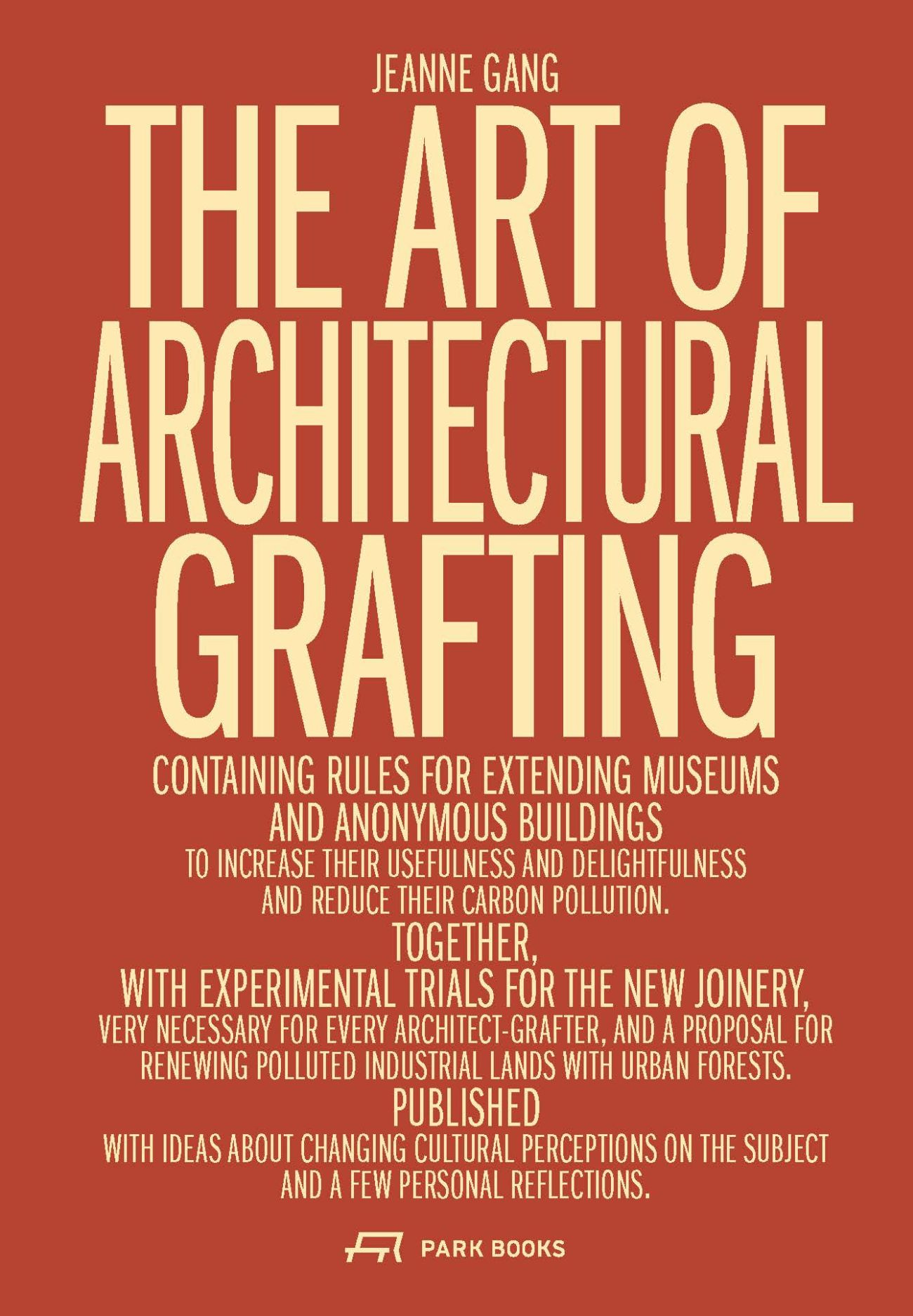

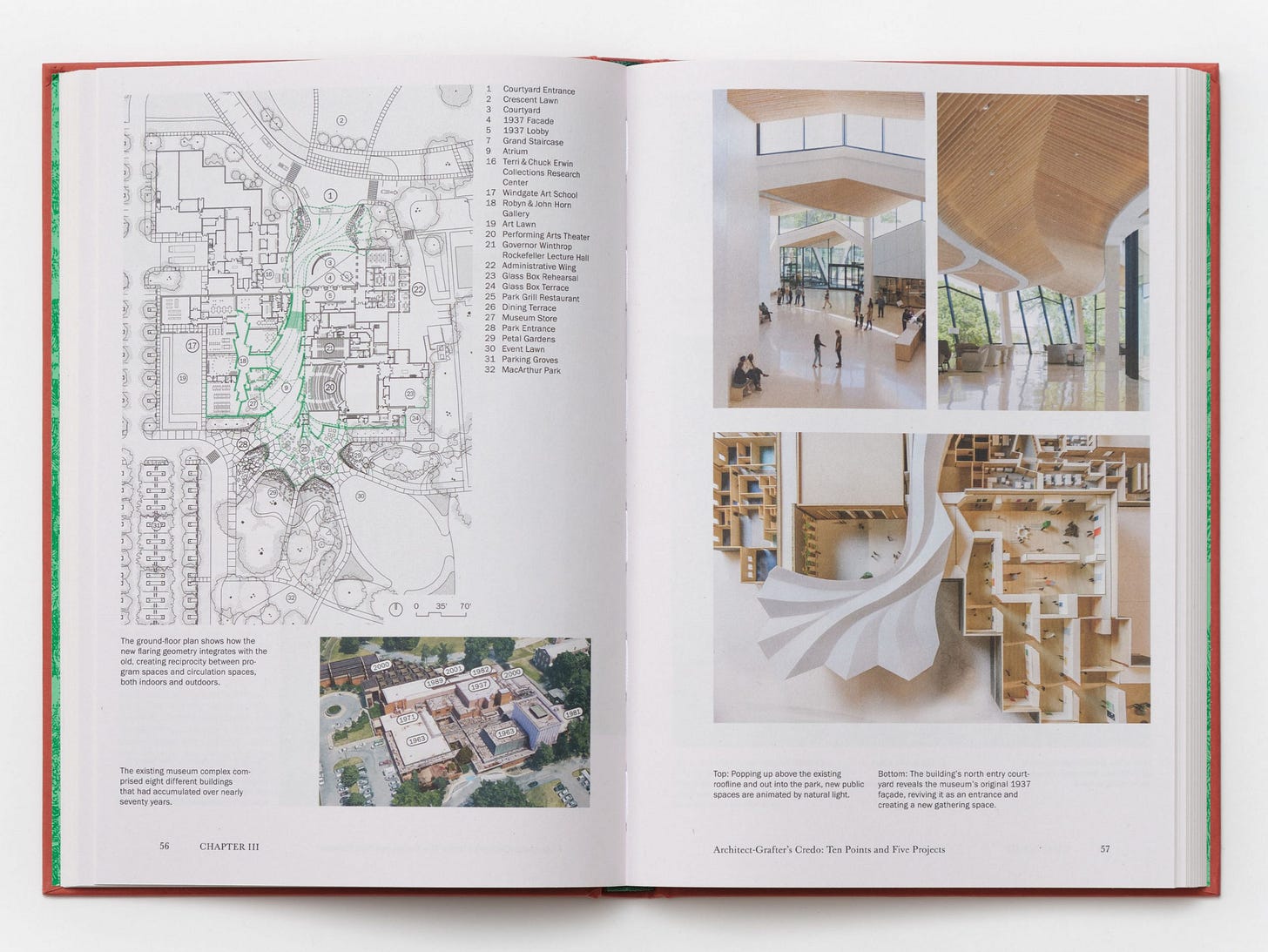
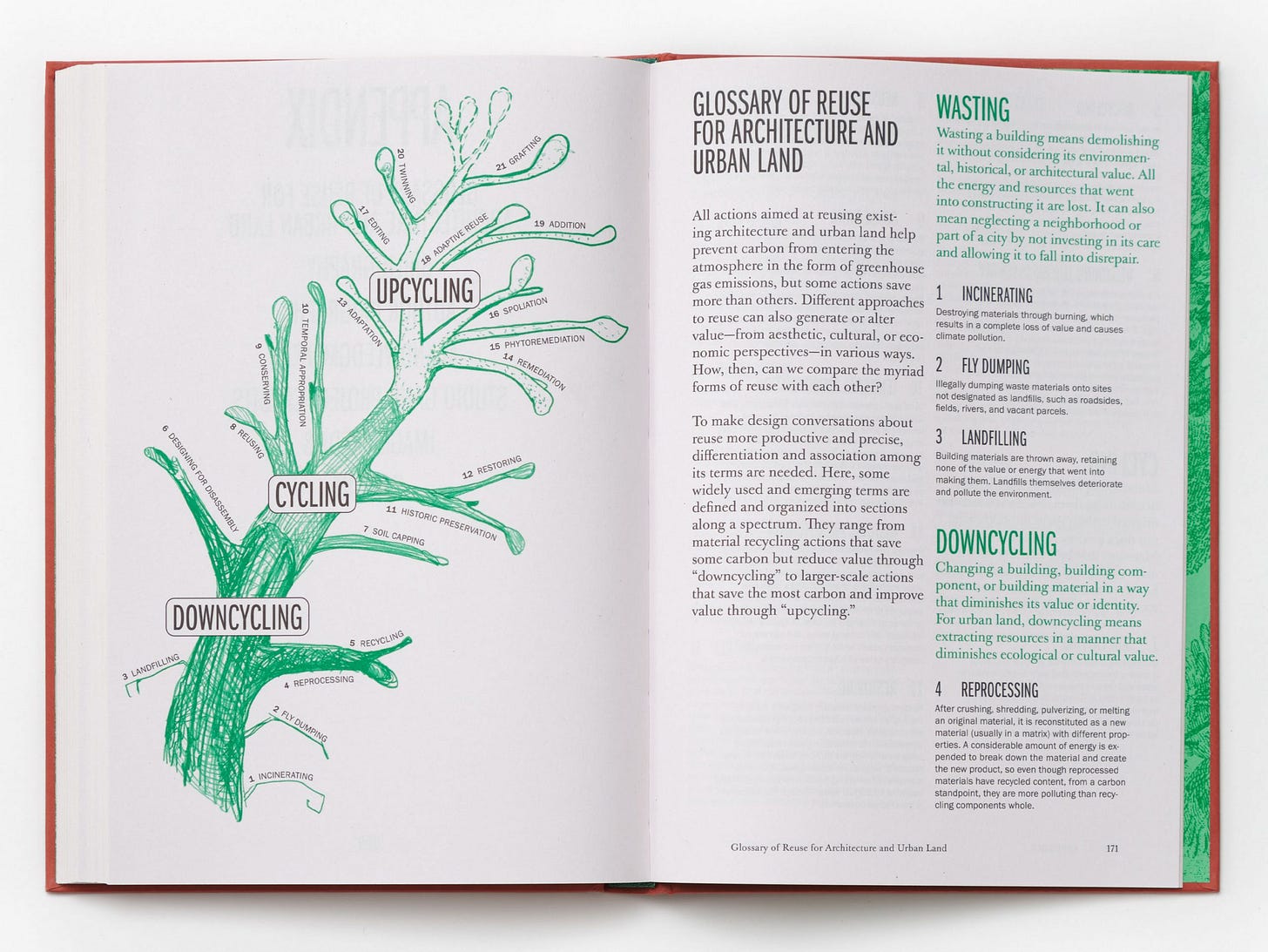

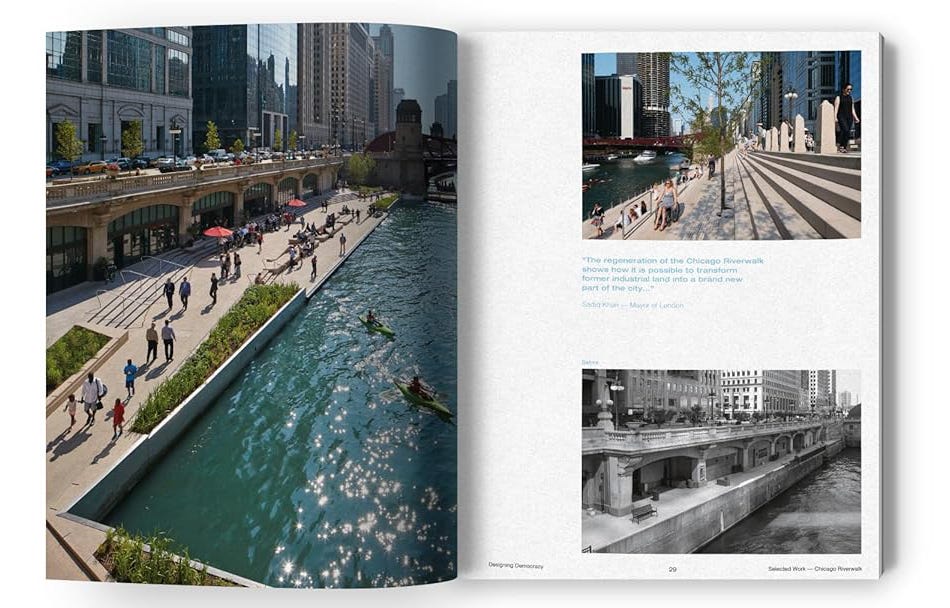
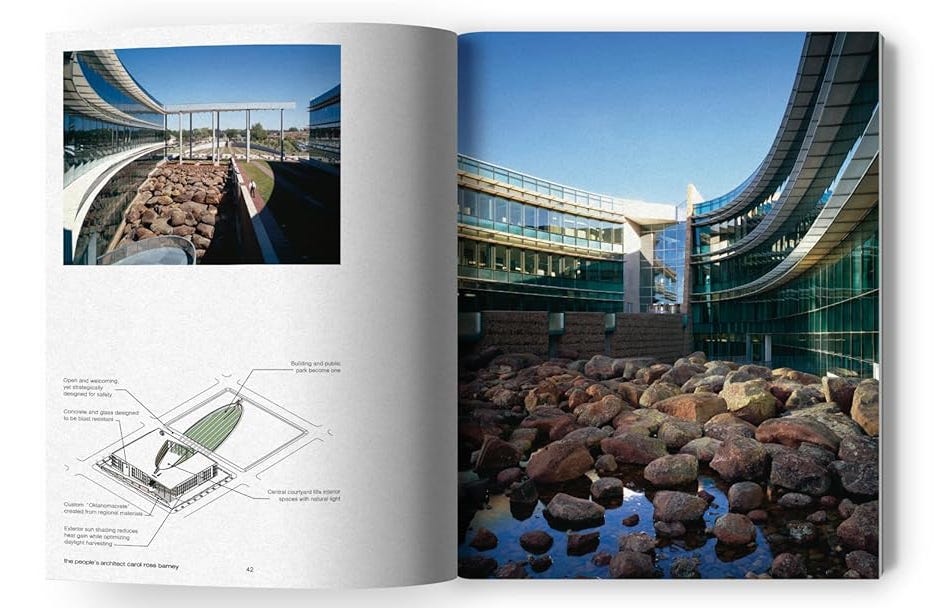
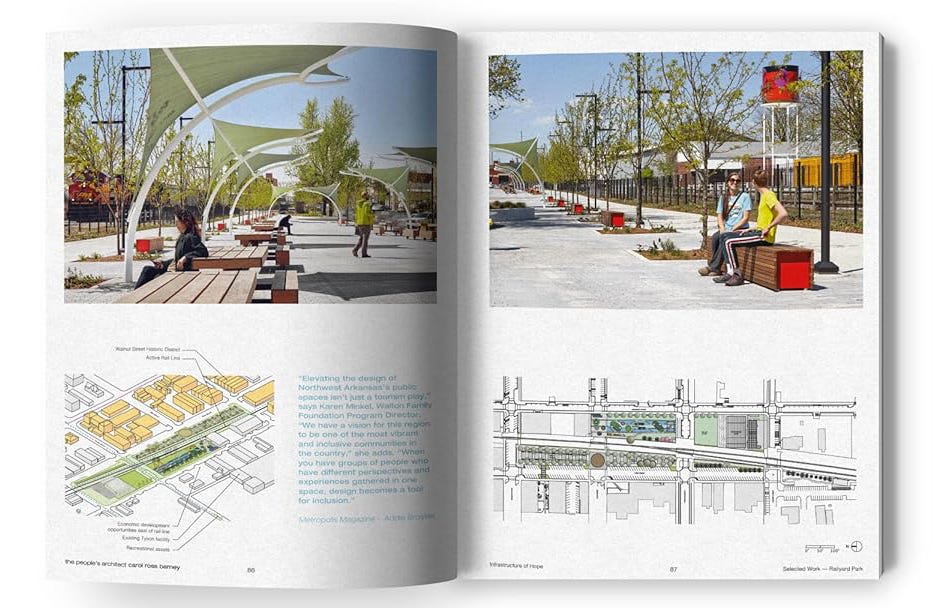

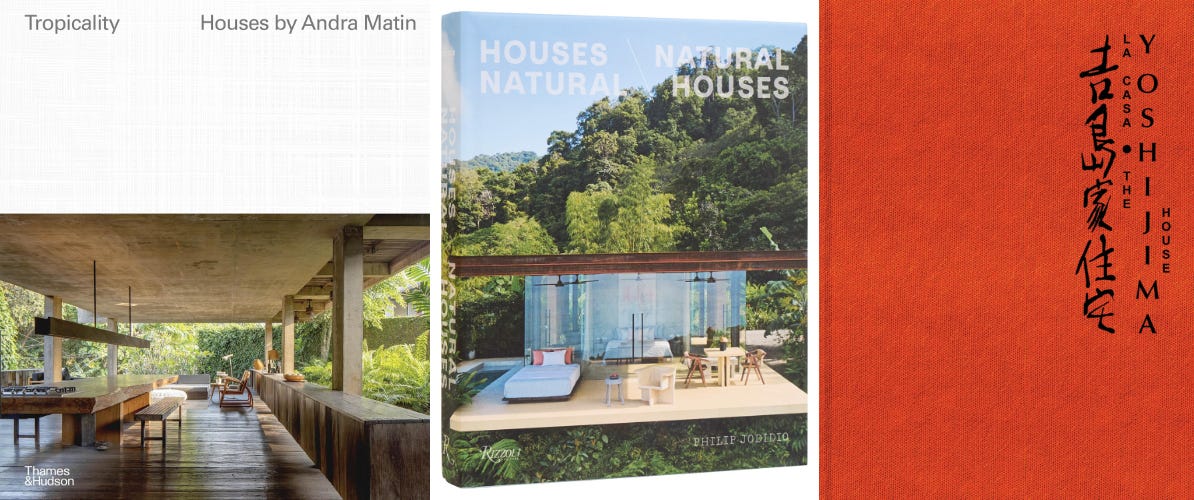
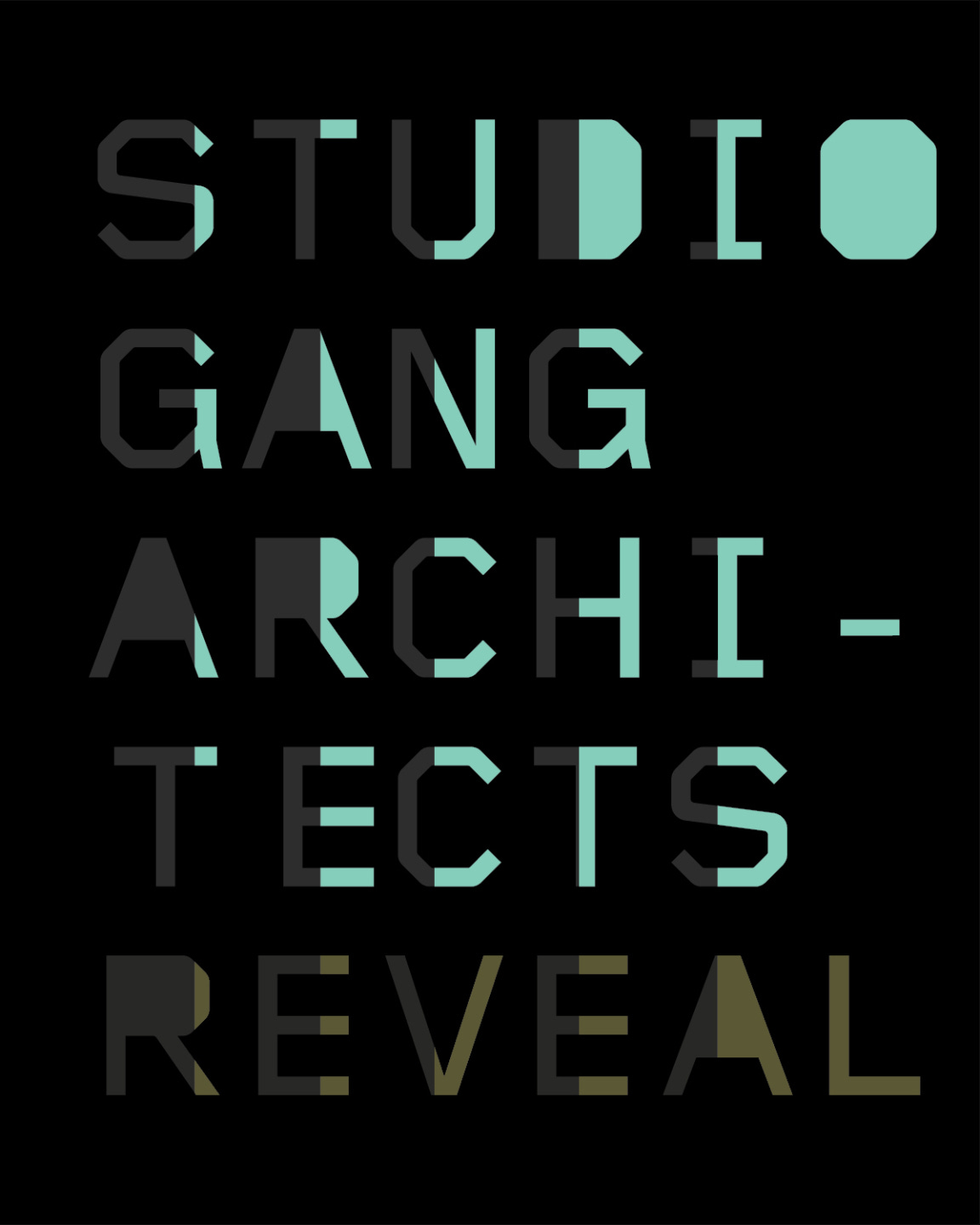
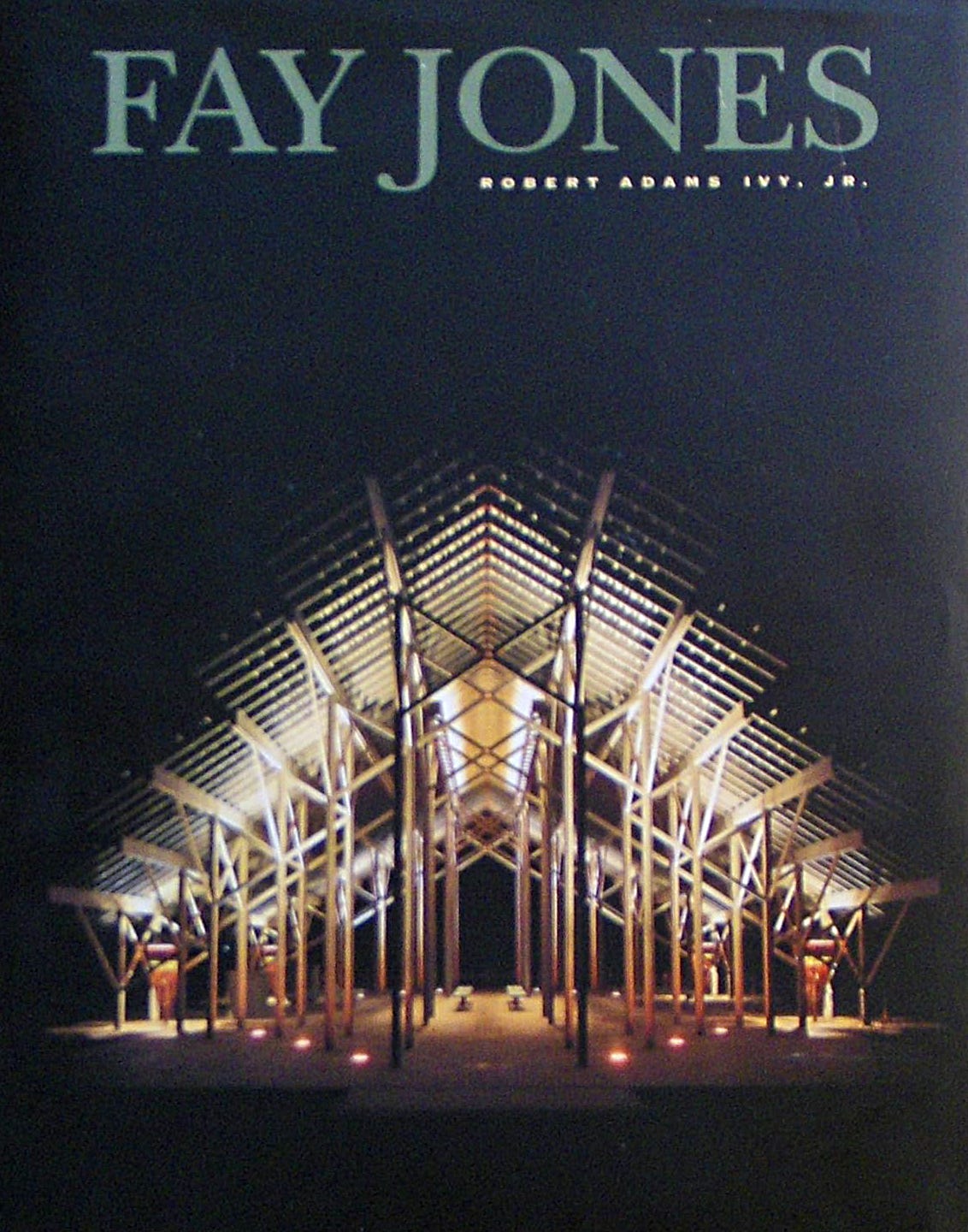
The grafting concept applied to architecture reminded me somehow of Studio Libeskind's expansion of the Royal Ontario Museum completed in 2007. I had the chance to visit the ROM in 2018 and, although the project caused a lot of controversy everywhere for many different reasons, I believe it is a very interesting addition to the building and its sorroundings regardless. On the other hand, Philip Jodidio's prolific career is truly impressive. That new book of his is definitely one that I'll try to get my hands on as soon as possible. Thank you once more, Mr. Hill.